Ancient Maya people were short, stocky, dark-skinned, with slanting crossed eyes and receding foreheads. Typically, a Maya person can be identified by their deformed skull and elongated foreheads. The practice continues to this day because the Maya believed that it is beautiful to have longer heads to resemble an ear of corn as they worship the maize god. While most of them have Roman noses, they wanted their nose to be broader. Thus, many of them wore artificial nose bridges. Women accentuate their foreheads by binding their heads and pulling their hair into tight hairstyles adorned with various ornaments. Men and women grew their hair long. They braided them or gathered then in a bun. Men burned their fringe to kill the hair follicles, further elongating their foreheads. On the other hand, the slave class cut their hair short. Maya decorated their faces with paint, and wore tattoos on their bodies.
Facial Features
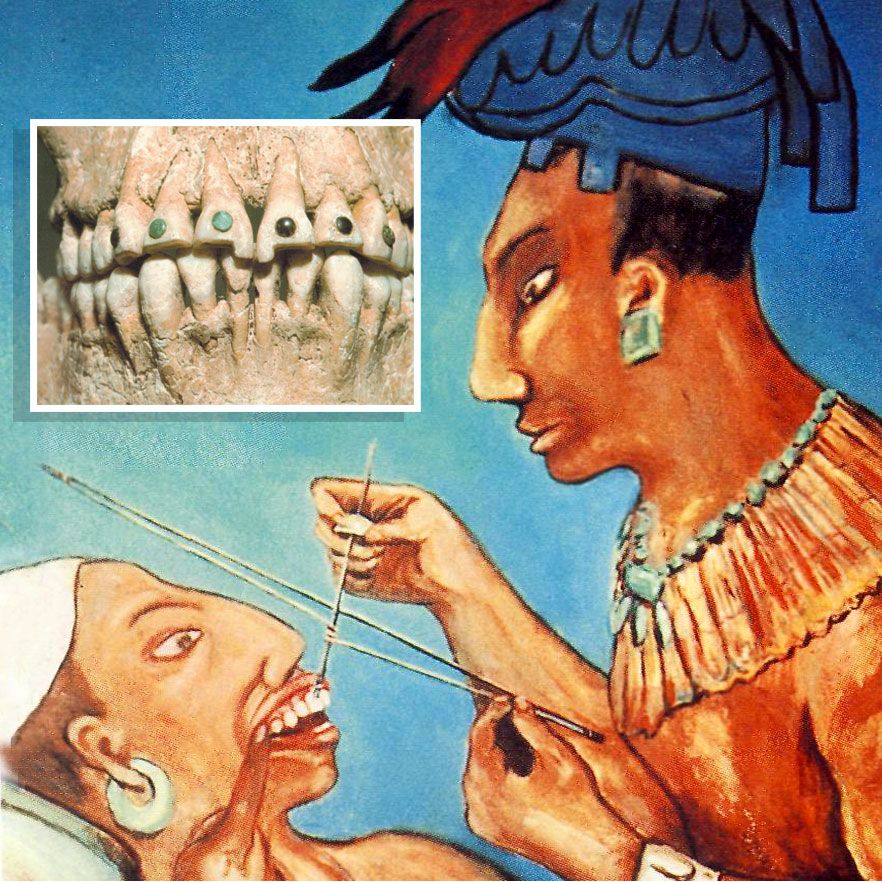
The Maya people have a relatively broad head, aquiline nose, protruding cheekbones, and straight dark brown hair. However, they practiced deformation of the head to elongate the skull and applied binding and pressure to babies to deform their skull and elongate their forehead. Facial hair was unnecessary, so the mothers burned their children’s faces with a hot cloth to prevent facial hair growth. Men used tweezers to pluck out occasional facial hair growth. In addition, men had tattoos on their faces, usually after marriage.
They also induced their children to become cross-eyed. The people, especially the women, had their teeth filed to make them pointed and drilled them to embed semi-precious stones, such as jade and obsidian. They pierced their noses, lips, and ears to accommodate jewelry to complement their sloped heads. The Maya preferred to have broad noses. Thus, most of them wore artificial nose bridges all day.
Facial Hair
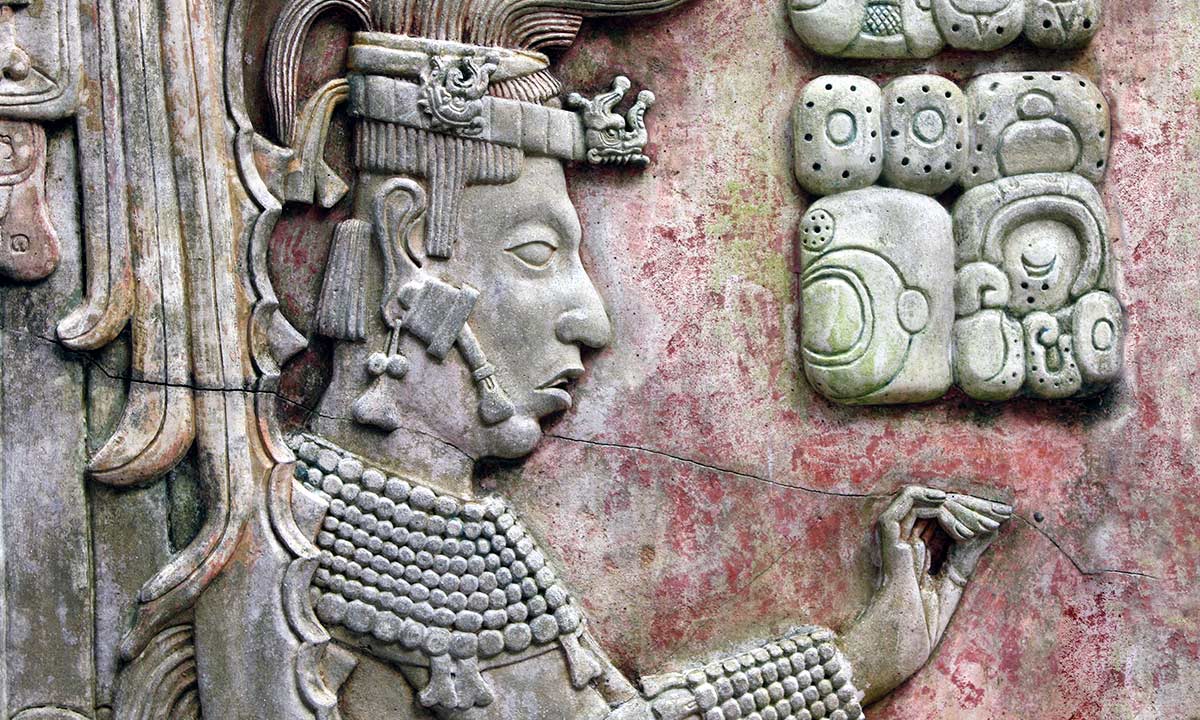
In the early days of the Maya empire, there were records showing that Maya rulers grew mustaches, goatees, and beards.
Later, however, more people did not have beards. Maya mothers burned their faces with a hot cloth, so that hair would not grow. Moreover, they naturally do not have much facial hair. It became fashionable to have no facial hair, so the men pluck whatever fuzz they had with tweezers. Aside from their beards, Mayan men, the same as women, pluck their eyebrows.
Hair Styles

Men and women of the Maya empire have straight, coarse hair. They color ranged from dark brown to black. The Maya women’s hair color is usually lighter than the men’s hair color. Maya men grew their hair long. However, they burnt the hair on their forehead to create a more elongated profile, permanently damaging their hair follicles.
Thus, they maintained their elongated foreheads. They also bound their hair into one or several ponytails. Others tied their hair in a bun on top of their heads. Enslaved people cut their hair short to indicate their inferior status. Elite men allowed their hair to grow long and tied them in ponytails, while women braided their hair with ribbons and ornaments. They bound their head and pulled their hair tight into elaborate hairstyles, often weighed down with heavy hair ornaments.
Nose Shape
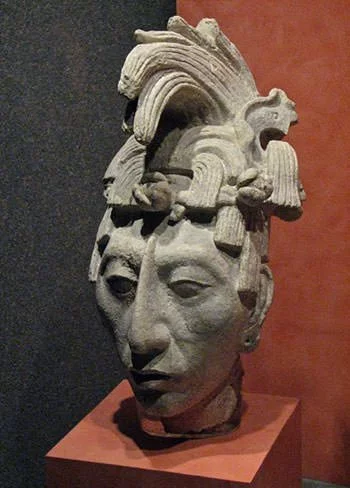
The Maya people believed that big noses are beautiful. From the existing artworks, most ancient Mayans have the perfect Roman profile, with a thin, big beaked nose. Most of them have aquiline noses but would rather have large noses with a pronounced beak. Thus, to have the right hook shape, many wore a removable artificial nose bridge throughout the day. As you can see from the sculpture of the head of Mayan king Pacal, a revered king of Palenque, the nose was pronouncedly thin and long with a distinct hook.
Height

Based on archeological records, ancient Maya people were relatively short. The average height of Maya men was five feet one inch, while the woman stood at about four feet eight inches. They are thick-bodied with thicker chests, broader shoulders, and long arms. But they have smaller hands and feet. Thus, some scholars called the Maya people Central America’s pygmies. However, recent investigations indicated that nutrition might have something to do with their small stature. Other researchers believed that the original Maya peoples were taller, but interbreeding caused a decrease in height. What is interesting is that the change only showed in men.
Weight
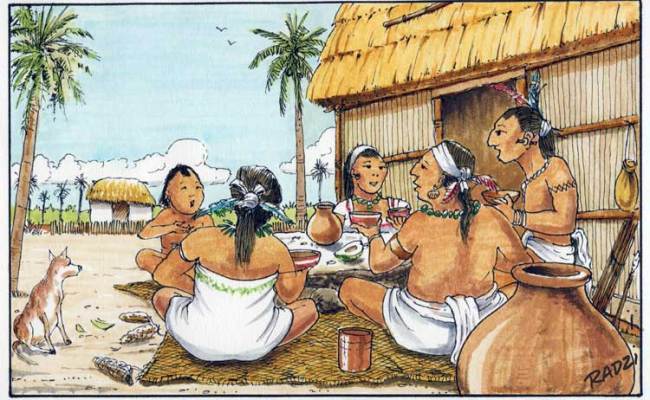
There is no available information regarding the average weight of the ancient Maya people. But according to some historians, they were born with an average weight. However, because of their short stature, they look bigger than most native people during their time. Ordinary Maya people ate vegetables and fruits, similar to what the Aztecs ate. Their staple was maize, which they made into tamales and tortillas. In addition, they had chilies, avocados, grains, and a variety of root crops.
In a study published In 2016, 51 indigenous Maya women were surveyed. Their average weight was 65 kilograms. Despite the weight, these Maya women considered themselves thin because being fat was not an issue in their community. Since Maya men were more active, you can consider them thinner than their female counterparts. Likewise, women give birth, and their subsequent pregnancies add more body weight.
Typical Body
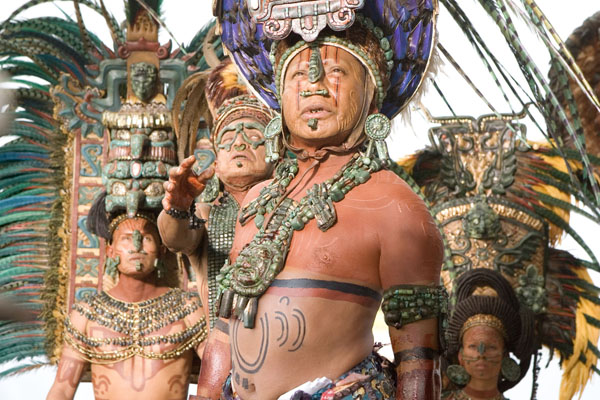
Physically, the Maya were short people. They had broad heads and straight yet sparse hair. Their cheekbones were wide and prominent, with slanting eyes and well-defined lips. They love to decorate their hair, faces, and bodies. They considered pierced bodies as beautiful. Thus, body piercing was common. One of the most common was ear piercing, so they could wear ear spools. Likewise, they pierced their lips and noses.
Maya men and women get tattoos. Men get their tattoos after getting married. They wore their tattoos on their faces, hands, legs, and arms. Women only wore tattoos on their upper bodies except for their breasts. Men and women chose cosmic elements, gods, and animals for their tattoos. However, it was a painful experience for them. The designs were traced by the artist using a knife to carve the design onto their flesh.
Makeup Habits
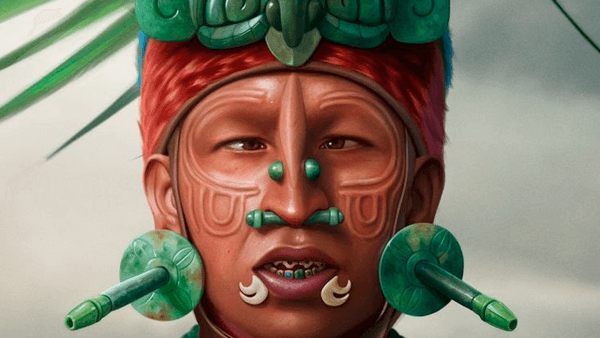
The Maya concept of beauty was extreme. All members of the Maya society practice the same makeup and beauty routines, only at different levels, based on their status. They practiced the trepanning procedure on their babies to induce an elongated head with a deeply sloped forehead. They bound the newborn’s head between two boards, tied the infant to a flat panel, and placed an angled board over the forehead.
Crossed eyes looked beautiful, so they tied a string with a small ball near their eyes so they could focus on it, causing the eyes to rotate inwards. Maya people, especially the women, filed their teeth until pointed and inlaid them with gems. They used ornaments on their ears, foreheads, and lips. They also used body paint in solid colors and patterns. Women used men like red, although unmarried men preferred black. Men and women wore tattoos cut through their skin.
Skin Tone

The Maya people belong to Mesoamerican indigenous peoples. During the height of the Maya Empire between 420 and 900 AD, there were at least ten million people. However, they were considered as a small race. The Spanish and other Europeans depicted the Maya with dark skin, which people can still see in available paintings, frescos, and sculpture. But, for some historians, they do not consider the Maya skin tone simply as dark. They describe the Maya skin color as warm coppery brown. According to them, the skin tone of Maya females were general darker than the males. They said that the women’s darker skin tone is also reflected in their eye color, which varied from dark brown to black.
Dressing
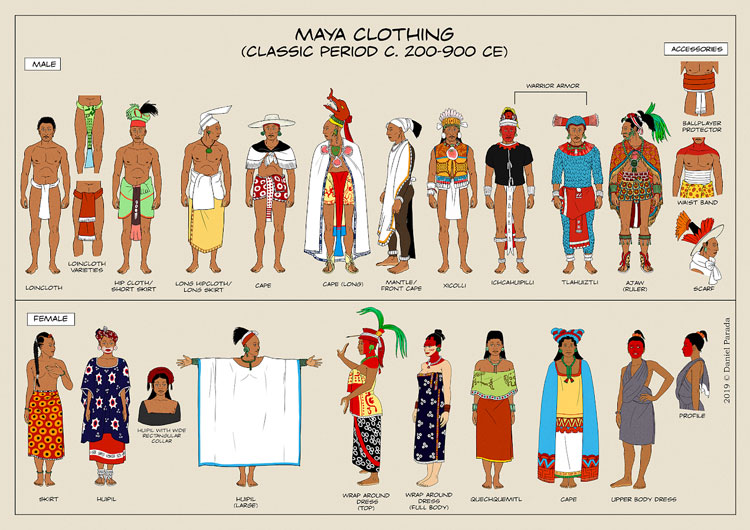
The Maya daily clothing determines the wearer’s position in society, while the patterns and colors show from which tribe they belonged. Ordinary men often wore loincloths and, on occasion, a cloak. The women wore simple skirts or dresses that reached down to their ankles, with or without cloth wrapped around their breasts. They wore a belt around their waist, and the number of belts indicated their importance. Likewise, the designs and colors show their tribe’s specific patterns and colors. Warriors wore broad loincloths that looked like big belts, cloaks (with or without feathers), and wood headdresses painted in Maya colors, yellow, white, green, and red.
The wealthy, including the king, wore animal skins, jade jewelry, and highly decorated headdresses. They often wore black makeup, with their faces decorated with black lines on their chin, forehead, and cheeks. The priests have unique clothing, which they wore when performing sacrifices or ceremonies.